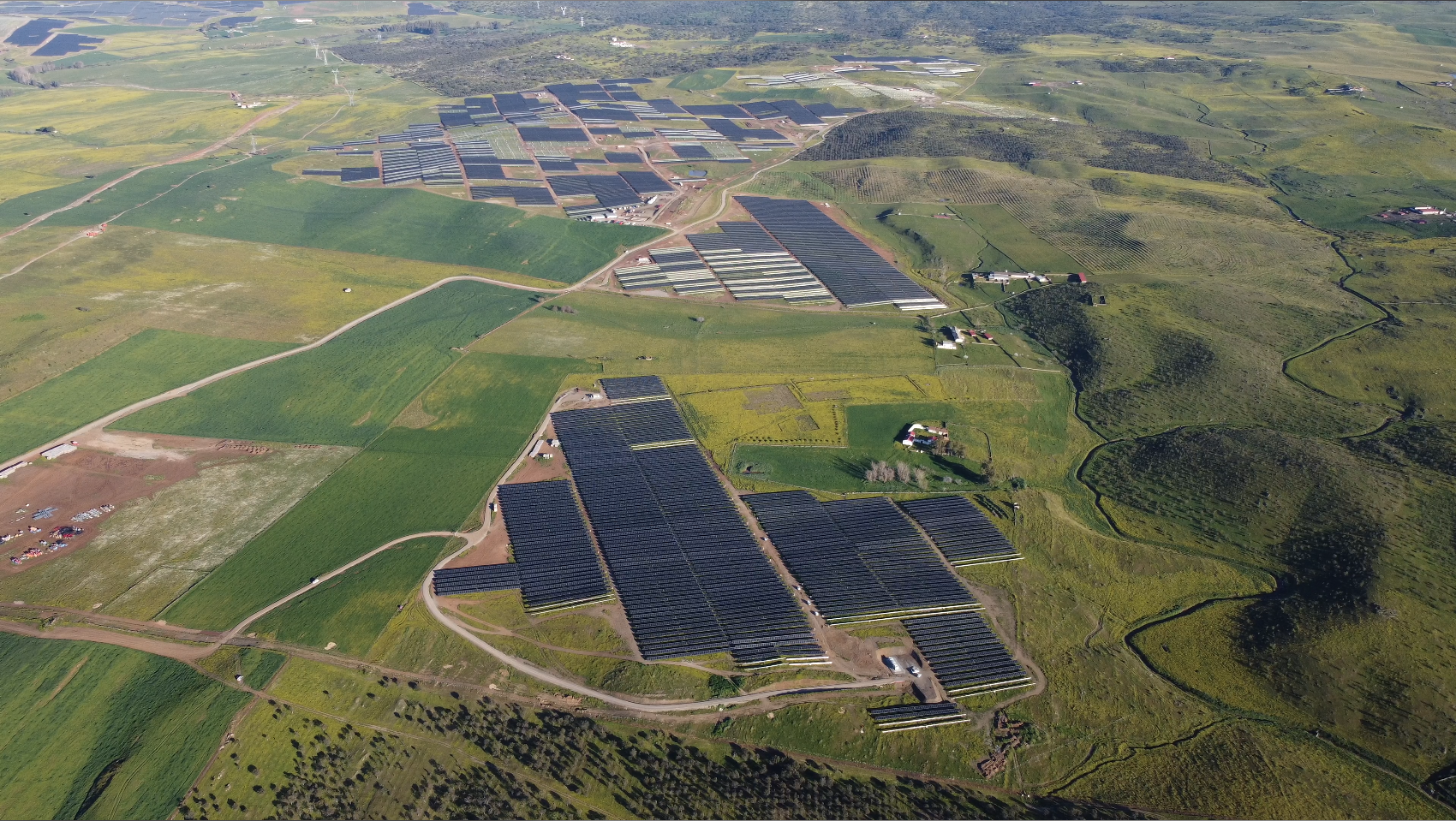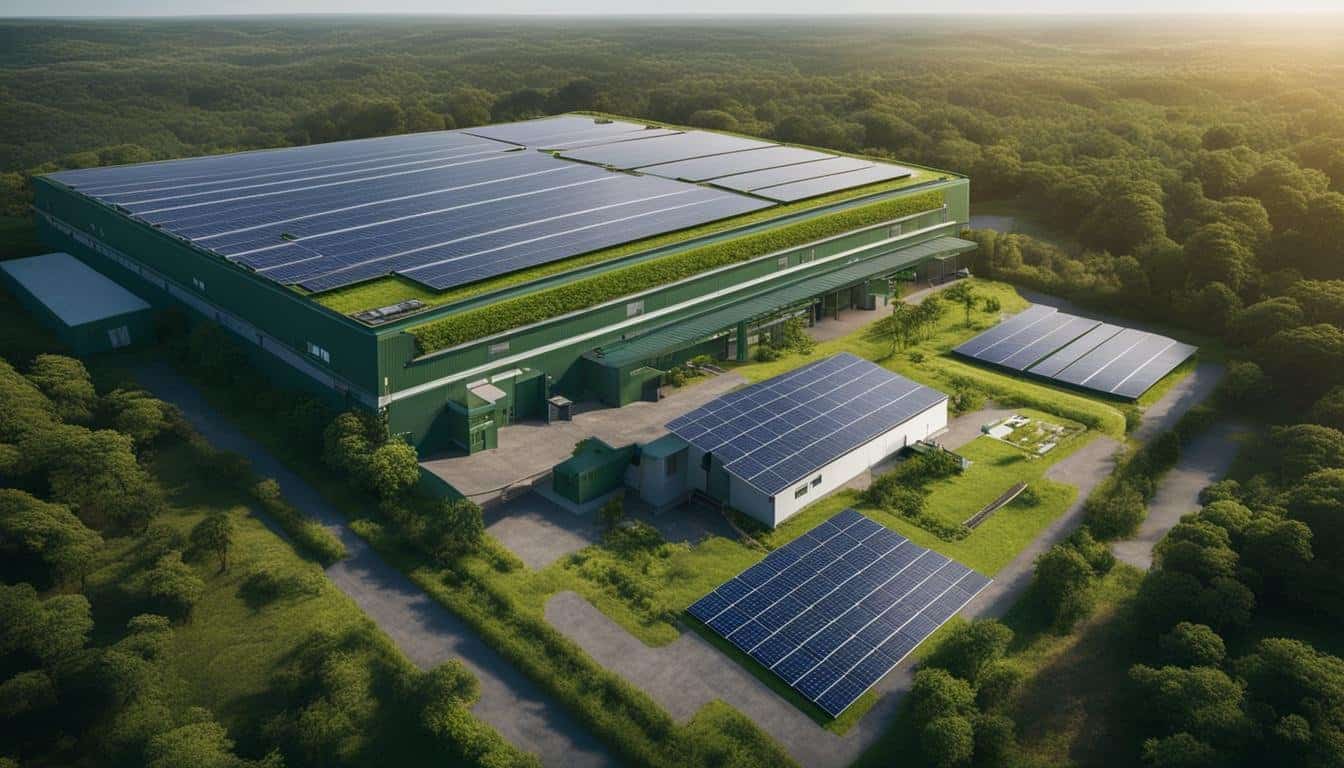As the climate crisis accelerates, its impacts are being felt across every corner of the globe. Rising temperatures, extreme weather events, water scarcity, and food insecurity are transforming the way communities live and work. However, not all groups experience these disruptions equally. Around the world, women and girls—especially those in low-income and rural areas—are disproportionately affected by the consequences of climate change. This deepening divide reveals how environmental degradation can intensify existing gender inequalities and hinder progress toward a more equitable future.
Climate change does not occur in a vacuum; it interacts with existing social, economic, and political structures. In many societies, longstanding gender roles place women at a disadvantage when it comes to accessing resources, education, decision-making power, and economic opportunities. As climate-related disasters become more frequent and severe, these vulnerabilities are magnified, leaving women and girls with fewer tools to adapt and recover.
In areas where agriculture is a primary source of livelihood, the effects of climate change on different genders are notably evident. Women constitute a large part of the farming labor force in developing nations, but they frequently do not have legal rights to own land and have restricted access to financial resources, irrigation systems, or advanced agricultural methods. When adverse conditions like droughts, floods, or altered rainfall reduce crop production, women in farming generally encounter more difficulties than men in recovering productivity or finding new revenue sources.
Furthermore, as environmental pressures grow, duties within families often change—typically adding more strain on women and girls. In numerous communities, they are mainly responsible for gathering water, firewood, and food. As these resources become less accessible because of ecosystem deterioration, women have to journey further and dedicate more time to fundamental survival activities, cutting down the time they can spend on education, employment, or political involvement. In certain instances, girls are taken out of school entirely to assist with these mounting household responsibilities.
Climate-related displacement intensifies these difficulties. When families have to relocate because of natural disasters, increasing sea levels, or lack of resources, women and girls often encounter greater threats of violence, exploitation, and trafficking. The disruption of social connections and the absence of legal safeguards in temporary shelters or refugee camps make them susceptible and often overlooked in the planning and distribution of aid.
Health is another area where the intersection of gender and climate is becoming more visible. Climate-related events such as heatwaves, natural disasters, and food insecurity have serious implications for maternal health, nutrition, and access to essential healthcare. Pregnant women are more likely to experience complications in extreme heat, while malnutrition during pregnancy and childhood can have long-term developmental consequences. At the same time, women often bear the responsibility of caring for sick family members, especially in communities with limited medical infrastructure.
Despite these vulnerabilities, women are not just passive victims of the climate crisis. Across the globe, they are leading grassroots efforts to protect ecosystems, promote sustainability, and build climate resilience. In Africa, Asia, and Latin America, women-led cooperatives and indigenous groups are restoring forests, conserving water, and developing climate-smart agricultural practices. These local initiatives demonstrate that women’s leadership is essential to effective environmental action—but they often lack the funding, visibility, and policy support needed to scale their impact.
Climate policy at the national and international levels still too often fails to consider gendered perspectives. Programs designed to mitigate emissions or promote renewable energy may inadvertently exclude women if they don’t address structural inequalities—such as lack of access to land titles, credit, or technical training. Gender-responsive climate strategies are essential to ensure that policies are inclusive, equitable, and effective in reaching the populations most in need.
The United Nations has increasingly emphasized the importance of integrating gender considerations into climate action. The Paris Agreement explicitly calls for gender equality and women’s empowerment in addressing climate change. Likewise, the UN Framework Convention on Climate Change (UNFCCC) has developed gender action plans to guide countries in making climate policies more inclusive. However, implementation remains uneven, and real progress depends on the political will of individual governments and institutions.
Education and capacity-building are key components of any long-term solution. Empowering girls with access to quality education equips them with the knowledge and tools to participate in climate decision-making, pursue careers in environmental science, and advocate for sustainable practices in their communities. At the same time, involving women in local governance and climate adaptation planning helps ensure that policies address the specific needs of diverse populations.
Private sector involvement also plays a role in shifting the dynamic. Green technologies, clean energy initiatives, and sustainable development projects can be designed to include women as leaders, workers, and beneficiaries. Programs that provide microfinance, vocational training, or entrepreneurship support specifically for women can help close the economic gap exacerbated by climate change.
The growing awareness of the intersection between climate change and gender inequality offers an opportunity for more holistic, inclusive solutions. By recognizing and addressing the different ways that climate impacts men and women, policymakers and advocates can develop strategies that build resilience, protect human rights, and promote gender equity.
The issue of climate change extends beyond the environment, encompassing significant social dimensions. If we do not make a conscious effort to tackle gender imbalances, the consequences of climate change could exacerbate existing inequalities. However, by prioritizing gender equality in climate initiatives, the international community can work towards establishing societies that are just, resilient, and sustainable for everyone.



